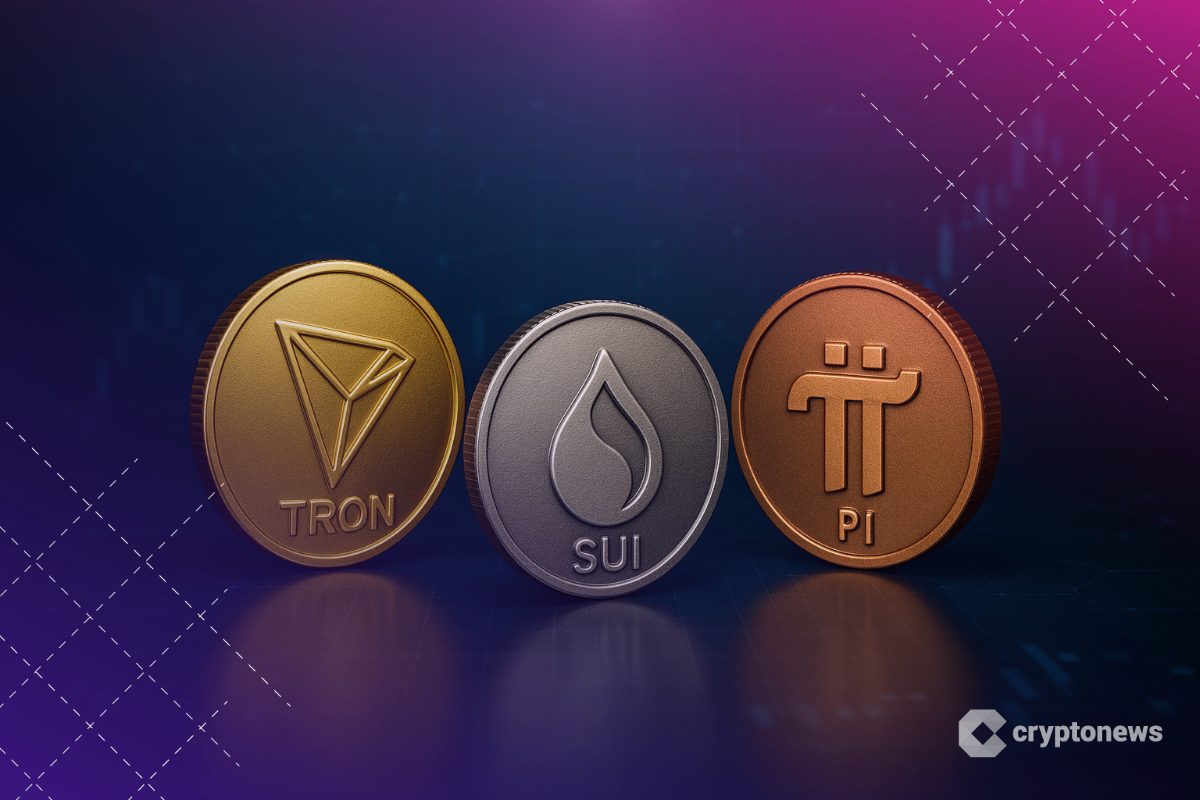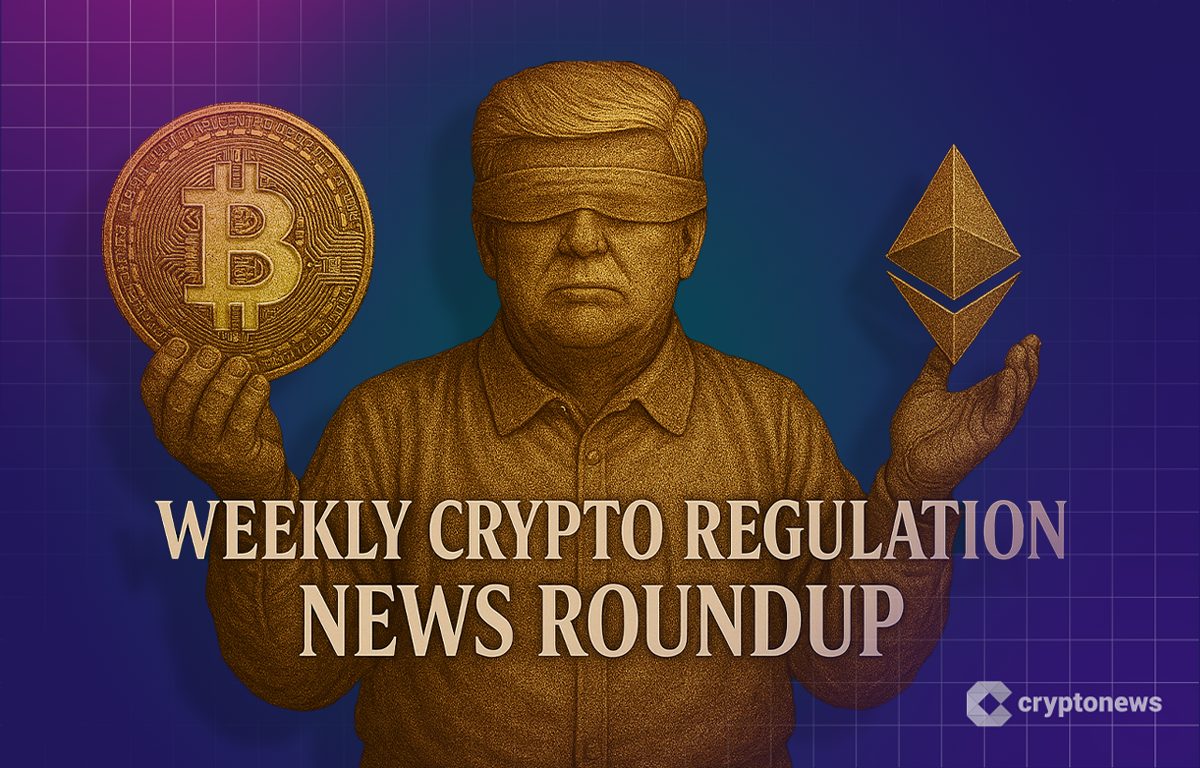Pump.fun registered a subdomain and may launch a transaction fee dashboard or incentive mechanism.
2025/08/01 08:33

Disclaimer: The articles reposted on this site are sourced from public platforms and are provided for informational purposes only. They do not necessarily reflect the views of MEXC. All rights remain with the original authors. If you believe any content infringes on third-party rights, please contact service@support.mexc.com for removal. MEXC makes no guarantees regarding the accuracy, completeness, or timeliness of the content and is not responsible for any actions taken based on the information provided. The content does not constitute financial, legal, or other professional advice, nor should it be considered a recommendation or endorsement by MEXC.
You May Also Like

Hong Kong’s Stablecoin Bill Takes Effect, Licensing Regime Now in Force
Key Takeaways: Hong Kong’s licensing regime could allow HKD- and CNY-pegged stablecoins to compete in Asian settlement markets dominated by the USD. Regulatory clarity may encourage institutional entry, but smaller firms could face high compliance costs under the new framework. Non‑USD stablecoin initiatives could test whether regional demand supports alternatives to dollar-backed assets in practical financial operations. Hong Kong’s Stablecoin Bill officially took effect on August 1, establishing a licensing regime for fiat‑referenced stablecoin issuers. Under the new Ordinance, any entity issuing fiat‑referenced stablecoins in Hong Kong—or abroad if pegged to the Hong Kong dollar—must obtain a license from the Hong Kong Monetary Authority. Hong Kong Among First Regions to Regulate Stablecoins According to a recent report , issuers are required to maintain proper reserve asset management, segregate client assets, operate stabilization mechanisms, and honor redemption requests at par value under reasonable conditions. The law also mandates compliance with anti‑money laundering and counter‑terrorist financing standards, risk management protocols, disclosure rules, audits, and fit‑and‑proper criteria. The Monetary Authority said it will conduct further consultations on detailed requirements in the future. Only designated licensed institutions may sell fiat‑referenced stablecoins in Hong Kong, and retail investors are limited to those issued by licensed providers. To combat fraud, advertising for unlicensed stablecoin issuance is prohibited, including during the six‑month non‑contravention period. Non-USD Options Emerge in Alternative Markets The Ordinance passed by the Legislative Council in May now places Hong Kong among the first global financial hubs with a dedicated licensing system for fiat‑referenced stablecoins. By enforcing strict reserve and redemption rules, the framework seeks to reduce systemic risks and protect retail participants. Green fintech is reshaping finance for a sustainable future. As climate action and ESG integration take centre stage globally, this powerful fusion of finance and technology is driving real change. pic.twitter.com/gadX2UN2ny — HKMA 香港金融管理局 (@hkmagovhk) July 30, 2025 Institutional adoption may increase under the regime, as regulatory clarity often attracts larger financial players. However, compliance costs could limit participation from smaller firms, potentially concentrating the market among major issuers. The law also positions Hong Kong to compete with jurisdictions like the U.S. and Singapore, where stablecoin frameworks are advancing. International alignment may prove key in drawing cross‑border capital and facilitating regulatory cooperation. With the U.S. dollar-based stablecoins taking the lead in the global market, products like the HKD stablecoins and offshore CNY stablecoins are exploring opportunities to break out of the USD dominance in regional markets. If successful, the launch of non-USD stablecoins could offer a widely accepted alternative to mainstream settlement measures. Frequently Asked Questions (FAQs) Will the licensing regime impact stablecoin transaction fees in Hong Kong? By enforcing reserve and compliance requirements, issuers may face higher operational costs, which could influence transaction fees for users. What protections exist if a licensed stablecoin issuer fails? The reserve segregation and redemption rules are designed to ensure holders can redeem at par value even if the issuer collapses. Could banks in Hong Kong play a role in issuing licensed stablecoins? Yes. The framework opens a pathway for traditional financial institutions to issue fiat‑referenced stablecoins under strict regulatory oversight.
Share
CryptoNews2025/08/02 02:47

Tron Volume Jumps 44%, Sui Drops 5%, Pi Suffers Unlock – Altcoin Season in Flux?
The crypto market enters August 2025 with mixed interpretations about whether an altcoin season is taking shape. While Bitcoin remains near its recent highs, some traders are shifting attention toward projects like Tron, Sui, and Pi Coin. Each shows contrasting price action and sentiment, making them part of the debate over the durability of the current altseason trend. Tron: Steady Growth With Utility Tron (TRX) has maintained steady traction in recent weeks. The Tron price is around $0.32, according to CoinMarketCap, with a market cap of about $31 billion and daily trading volume of nearly $1.54 billion, up by 44% within the past 24 hours. Here’s where I’ll be staying at @BlueOrigin ’s Astronaut Village! Comment on my Tiktok what you want to know about my experience—I’ll answer your questions tomorrow!👇 https://t.co/gSJ9xlJpH6 pic.twitter.com/5oXcxmBk6x — H.E. Justin Sun 🍌 (@justinsuntron) August 1, 2025 July trading showed a stable range between $0.28 and $0.33. This consolidation suggests steady demand despite market volatility. Analysts cite Tron’s DeFi footprint and lower supply compared to competitors as reasons why it continues to attract flows during periods when altcoin season activity rises. Whale accumulation and consistent activity across Tron’s DeFi applications add to the case for continued relevance. Some research outlets have pointed to its ability to maintain liquidity and support ecosystem projects, which has allowed TRX to stay in the conversation despite stronger competition from the Ethereum and Solana ecosystems. Sui: Growth Meets Recent Pullback The Sui price currently sits near $3.58, supported by a market cap of about $12.3 billion and daily trading volume exceeding $2.4 billion. Data shows a modest pullback of about 5% over the past 24 hours, after a month of strong inflows. Sui Price (Source: CoinMarketCap) Sui’s object‑based design and parallel execution continue to set it apart among Layer‑1 protocols. On‑chain adoption in DeFi and GameFi has supported TVL growth, though recent price softness has tempered short‑term sentiment. LunarCrush metrics earlier in July showed strong social engagement, reinforcing that traders continue to monitor SUI closely despite the decline. Analysts suggest late‑2025 could prove important if upcoming integrations and ecosystem expansions deliver new user activity. For now, Sui represents an asset with utility and traction but is facing pressure from broader market sentiment. Pi Coin: Supply Concerns Pressure Sentiment The Pi Coin price is trading around $0.4 , with recent reports pointing to downward pressure following a July supply unlock. Pi’s daily volumes remain low compared to Tron and Sui, indicating weaker liquidity. Analysts note that a 17% drop in July coincided with a token unlock event of about 160 million PI, raising concerns about further dilution. Investor sentiment remains cautious. Without clear use cases or robust DeFi integration, Pi’s price action suggests it is more dependent on community participation and speculative cycles than underlying protocol adoption. Altcoin Season or Market Pause? The Altcoin Season Index remains 36, meaning that Bitcoin continues to outperform most altcoins. Yet the steady performance of Tron, the active though volatile market for Sui, and the ongoing debate over Pi Coin show that interest in mid‑cap assets persists. Some traders argue that altseason requires a broader rotation into tokens like these. Others believe current conditions represent selective trading rather than a full cycle. Whether this develops into a sustained altcoin season remains uncertain. Tron offers steady liquidity and usage, Sui continues to build out infrastructure despite recent declines, and Pi Coin reflects the risks of supply shocks. Together, these tokens capture the range of outcomes possible in an altseason: steady performers, growing platforms, and speculative risks. For traders, they illustrate how the cycle can extend beyond Bitcoin—even if the breadth of participation remains limited.
Share
CryptoNews2025/08/02 02:09

Weekly Crypto Regulation Roundup: SEC Advances ETF Reform, White House Unveils Crypto Roadmap
This week marked a turning point in U.S. crypto regulation, as both Congress and regulatory agencies moved forward with frameworks that could finally bring clarity to the digital asset space. With the SEC unveiling sweeping ETF reform and the White House publishing its long-awaited crypto policy report, America is sending a clear message: the U.S. wants to lead the next chapter of digital finance. Trump’s Crypto Regulation Roadmap Looks to Cement U.S. Leadership On July 30, the President’s Working Group on Digital Asset Markets released a 166-page report outlining the Trump administration’s blueprint for transforming the U.S. into the “Crypto Capital of the World.” The document, which embraces terms like “Golden Age of Crypto,” proposes legislative and regulatory clarity as the foundation for future growth. 🇺🇸 Trump admin report calls for clear SEC/CFTC crypto rules, DeFi adoption & modern bank reforms. #Trump #CryptoRegulations https://t.co/qLYj3tAhZ2 — Cryptonews.com (@cryptonews) July 30, 2025 Key recommendations include giving the Commodity Futures Trading Commission (CFTC) explicit authority over spot markets for non-security digital assets and formally integrating decentralized finance (DeFi) into traditional market infrastructure. The report also calls for Congress to affirm the right of people to custody their own digital assets and transact peer-to-peer without financial intermediaries. Additionally, the report reflects a political strategy as well. With Trump enjoying a 72% approval rating among crypto holders—according to internal polling cited in the report—there’s no doubt that crypto policy is becoming a serious campaign platform. Industry leaders have responded positively. Rebecca Liao, co-founder, and CEO of Web3 protocol Saga, commented: “By today’s standards, this policy document is not controversial and reflects crypto consensus. Because the recommendations are more reasonable, they should be easier to implement than the extreme ideas often floated on Crypto Twitter.” “Even diehard crypto maxis now accept that unchecked manipulation has eroded trust. For this market to grow sustainably, that issue can’t be ignored much longer,” said Liao. Congressional Pressure Mounts to Pass Crypto Market Structure Legislation Following the report’s release, House Financial Services Committee Chairman French Hill issued a statement urging the Senate to act swiftly. With the GENIUS Act already the law and the CLARITY Act receiving overwhelming bipartisan support in the House, Hill is pushing for crypto market structure legislation to reach President Trump’s desk. “I’m pleased to see the Working Group’s strong support of the CLARITY Act,” said Hill. “Now the Senate must expeditiously work to deliver critical legislation that realigns our regulatory landscape with the President’s vision.” SEC Unveils Project Crypto and Advances ETF Reform In tandem with the White House roadmap, the SEC launched “Project Crypto,” a sweeping initiative designed to modernize securities laws to accommodate blockchain-based financial products. Chairman Paul Atkins announced the initiative during a speech at the America First Policy Institute, stating that the time had come to bring crypto asset issuance and trading back to U.S. soil. 🚀 SEC Chairman Paul Atkins launches 'Project Crypto' initiative to make America the 'crypto capital of the world' through comprehensive regulatory modernization. #SEC #Crypto #America https://t.co/7dVUQ2rEZ8 — Cryptonews.com (@cryptonews) July 31, 2025 Perhaps most impactful is the SEC’s new Generic Listing Standards for crypto exchange-traded products. These rules, published via the CBOE, outline that any crypto asset with active futures markets for at least six months would automatically qualify for ETF listing. Analysts believe up to a dozen tokens could be approved by October, opening the door to a more inclusive and transparent crypto investment market. 🚀 SEC establishes new crypto ETF listing standards enabling approximately dozen major digital assets to gain approval by October through streamlined framework. #SEC #ETFs https://t.co/grlJtGb5tH — Cryptonews.com (@cryptonews) July 31, 2025 A New Era for Regulated Crypto Investing? The week’s developments in crypto regulation suggest that after years of fragmented regulation and uncertainty, a new era may be dawning for U.S.-based crypto investors. Policies are becoming more predictable, access is being broadened, and lawmakers are working in parallel with regulators to build lasting infrastructure. Laurent Kssis, CEO of CEC Capital and a seasoned crypto ETP expert, welcomed the FCA’s recent decision to allow UK retail investors access to crypto ETNs as a sign that matures regulatory environments are finally gaining momentum. 🚨 The UK FCA will allow retail investors to access crypto ETNs starting Oct 8—reversing a 4+ year ban. #FCA #ETNs https://t.co/aK2NkOS0Md — Cryptonews.com (@cryptonews) August 1, 2025 As we enter the second half of 2025, the tone is clear: crypto is no longer a fringe asset class. With regulatory foundations being laid in Washington, the opportunity to reshape global digital finance is very much alive—and increasingly being led from the top.
Share
CryptoNews2025/08/02 03:07